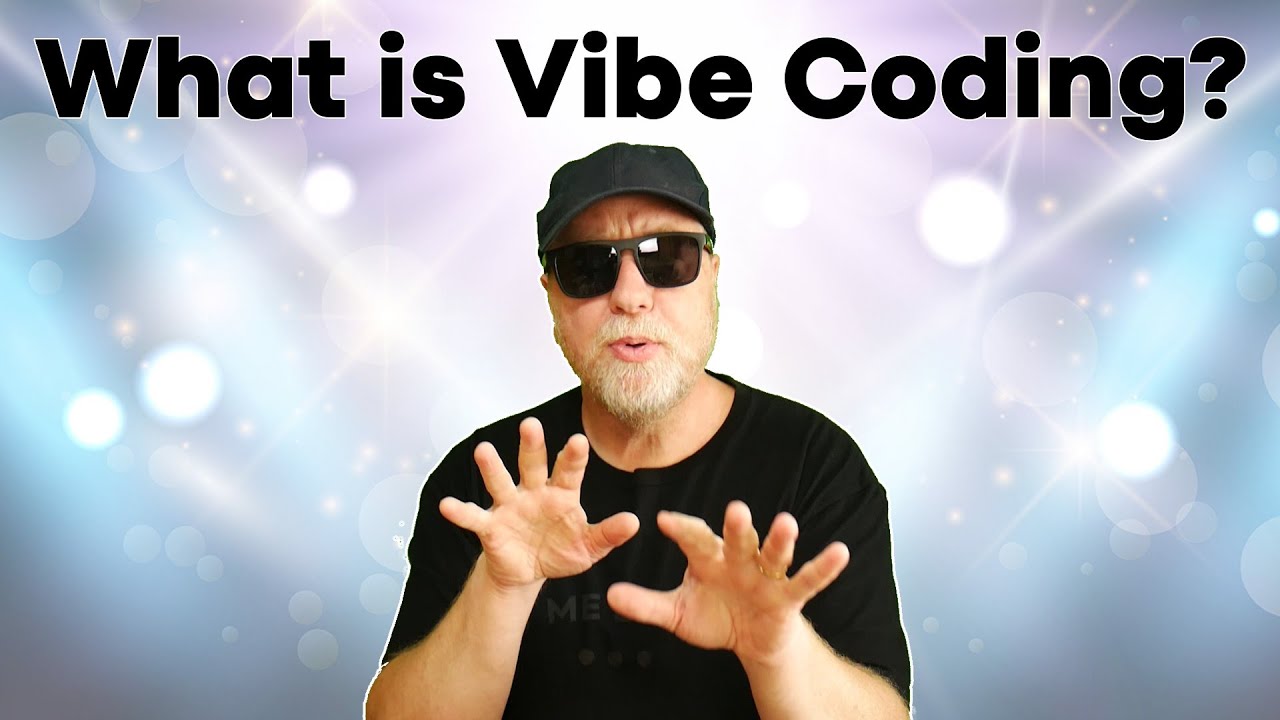Vibe Coding is a programming approach popularized by Andrej Karpathy where developers use natural language to direct large language models (LLMs) to write and modify code, allowing them to focus on the overall functionality and feel of a project rather than the technical details. Demonstrated through Hostinger’s Horizons platform, this method enables seamless software creation by interacting with AI-generated code without manual review, highlighting a shift towards English as the new programming language.
The video introduces the concept of “Vibe Coding,” a term coined by Andrej Karpathy earlier in the year, which refers to a new approach to programming that leverages large language models (LLMs) to handle the actual coding work. Instead of manually writing or reviewing code, developers simply describe what they want in natural language, and the LLM generates and modifies the code accordingly. This method encourages developers to focus on the overall feel and functionality of the project—the “vibe”—rather than the technical details of the code itself.
Andrej Karpathy, a prominent figure in AI and machine learning with a PhD from Stanford and experience at OpenAI and Tesla, popularized this idea by emphasizing how he personally uses LLMs to make coding easier. He describes vibe coding as a process where he requests simple changes, like adjusting padding or colors, without bothering to read or understand the underlying code. This approach allows developers to fully embrace the exponential power of AI, trusting the model to handle all technical aspects while they concentrate on the creative and functional goals.
The video also references Simon Willis, another AI expert, who succinctly defines vibe coding as building software with an LLM without reviewing the code it writes. This highlights the core principle of vibe coding: relinquishing control over the code’s specifics and instead interacting with the AI through natural language commands. Karpathy even goes so far as to say that the hottest new programming language is English, underscoring how communication with AI models is transforming software development.
To demonstrate vibe coding in practice, the presenter uses Hostinger’s Horizons platform, which integrates an LLM to create websites based on user prompts. He requests a web-based tool for sharing text snippets, describing the desired features in plain English. The platform generates the code in real-time, and the presenter shows how he can interact with the tool, add snippets, and request changes—such as modifying button labels—without ever touching the code itself. This live demo illustrates the seamless and intuitive nature of vibe coding.
Finally, the video encourages viewers to explore vibe coding further by trying out Hostinger Horizons, offering a discount code for new users. It also teases a follow-up video that will clarify what vibe coding is not, aiming to deepen understanding of this emerging programming paradigm. Overall, the video presents vibe coding as a revolutionary way to build software by focusing on high-level intentions and letting AI handle the complexities of coding.
